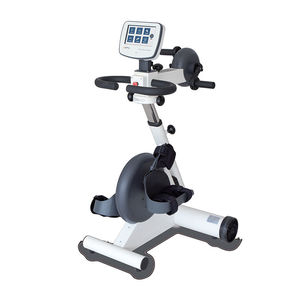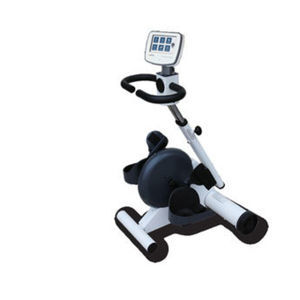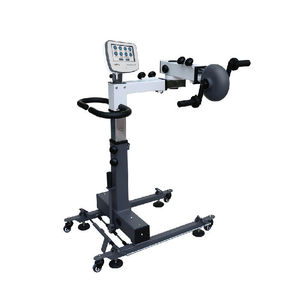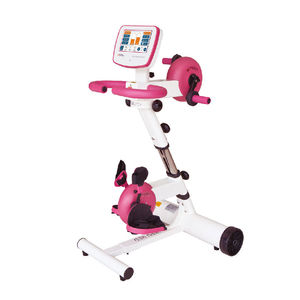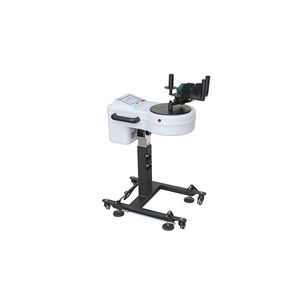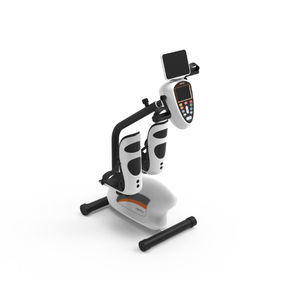
- Wellness
- Fitness
- Arm pedal exerciser
- Shandong Zepu Medical Technology
- Products
- Catalogs
- News & Trends
- Exhibitions
Arm pedal exerciser K2000Bseated
Add to favorites
Compare this product
Characteristics
- Type of pedal exerciser
- arm
- Position
- seated
Description
It is suitable for functional training of upper and lower limbs of patients in recovery period and sequelae period.
Using the design concept of one machine with multiple functions, it integrates the functions of evaluation, passive, assist, active and passive, active, isokinetic, feedback, etc., to provide patients with more treatment methods and achieve better results
Scope of application
Nervous system disease
Brain Injury, Stroke (Stroke), Cerebral Palsy, Peripheral Nerve Disorders, Spinal Cord Injury, Parkinson's, Multiple Sclerosis, etc.
Bone and joint system diseases
After fracture, osteoporosis, ligament injury, osteoarthritis, joint replacement
Muscle and Tendon System Disorders
Spasticity, muscle wasting adhesions, post-surgical muscle sprains and tears, post-tendinitis and tenosynovitis, post-tendon rupture
Endocrine and visceral diseases
Type 2 diabetes, hypertension, coronary heart disease, chronic obstructive pulmonary disease, constipation, renal dialysis patients
Treatment
Passive mode: passive motion training driven by motor;
Power-assist mode: motor-assisted power-assisted exercise training, the machine detects the remaining muscle strength and automatically gives auxiliary power;
Active-passive mode: There is no gap between passive exercise and active exercise to ensure the continuity of training;
Active Mode: Movement done by the patient's own muscle strength with adjustable resistance. Enhance muscular endurance and improve cardiopulmonary function;
Catalogs
No catalogs are available for this product.
See all of Shandong Zepu Medical Technology‘s catalogsExhibitions
Meet this supplier at the following exhibition(s):


Other Shandong Zepu Medical Technology products
Active and passive rehabilitation training series
Related Searches
- Gym machine
- Gym bench
- Rehabilitation gym machine
- Pedal exerciser
- Seated pedal exerciser
- Leg extension gym station
- Chest press gym station
- Arm and leg pedal exerciser
- Leg press gym station
- Shoulder press gym station
- Abdominal crunch gym station
- Arm curl gym station
- Leg abduction gym station
- Leg adduction gym station
- Leg pedal exerciser
- Triceps extension gym station
- Arm pedal exerciser
- Lumbar extension weight training bench
- Vibration plate
- Supine pedal exerciser
*Prices are pre-tax. They exclude delivery charges and customs duties and do not include additional charges for installation or activation options. Prices are indicative only and may vary by country, with changes to the cost of raw materials and exchange rates.


